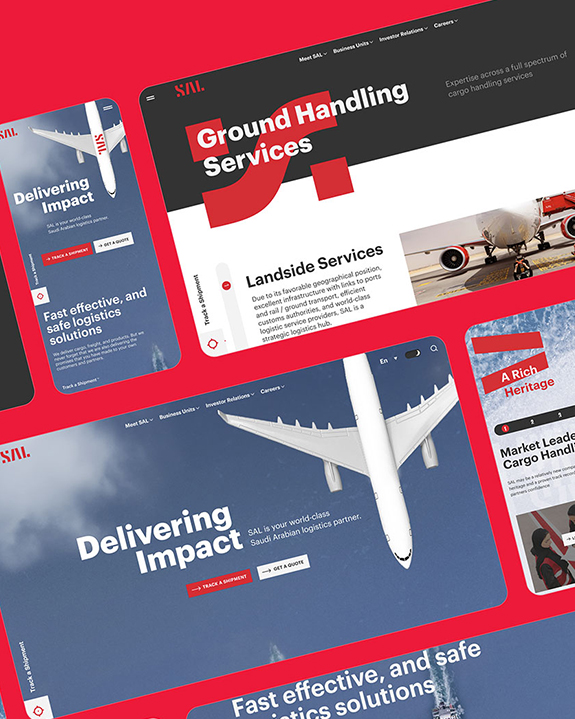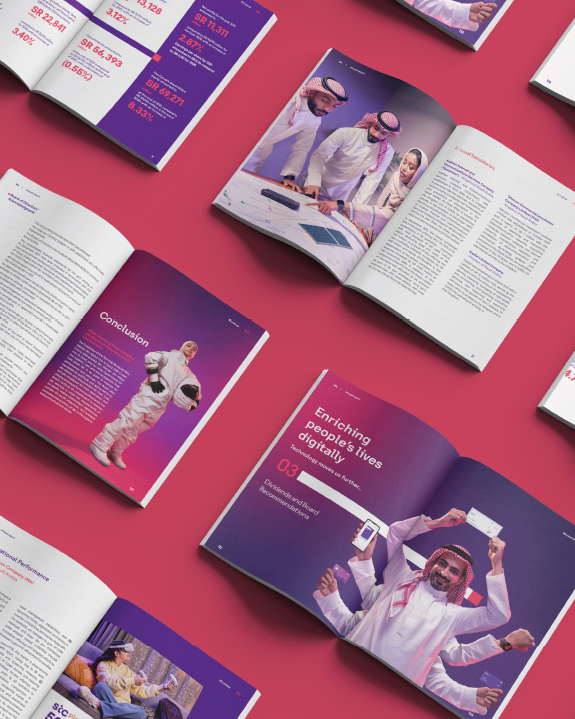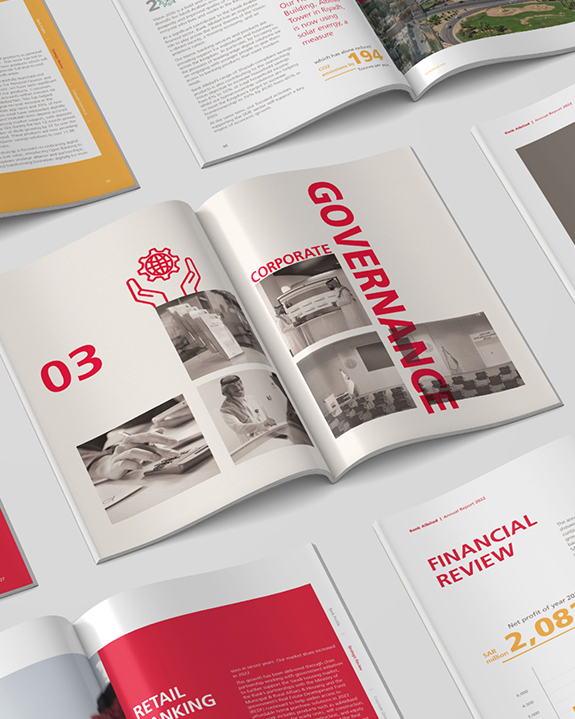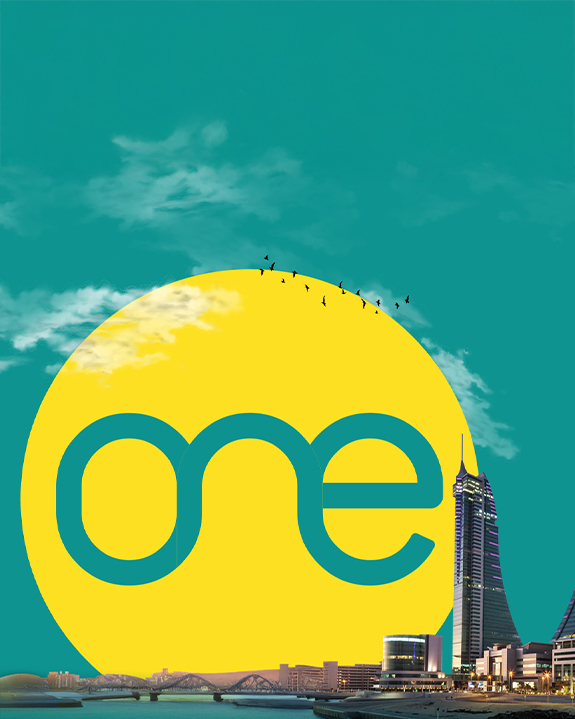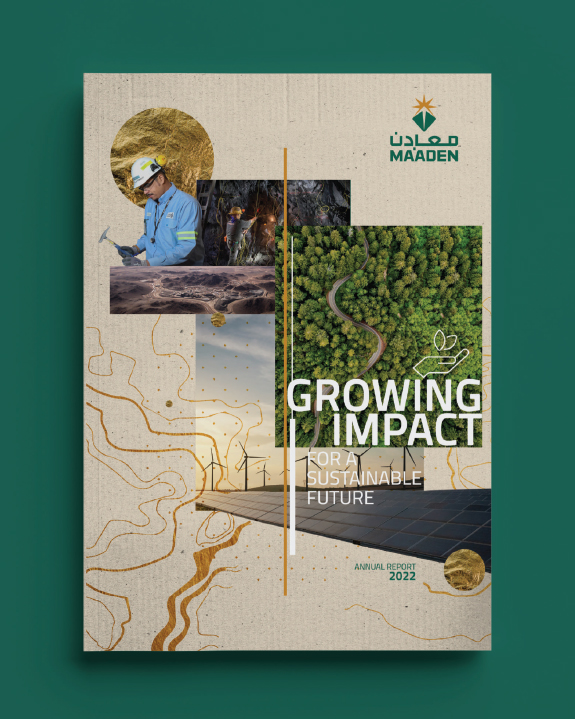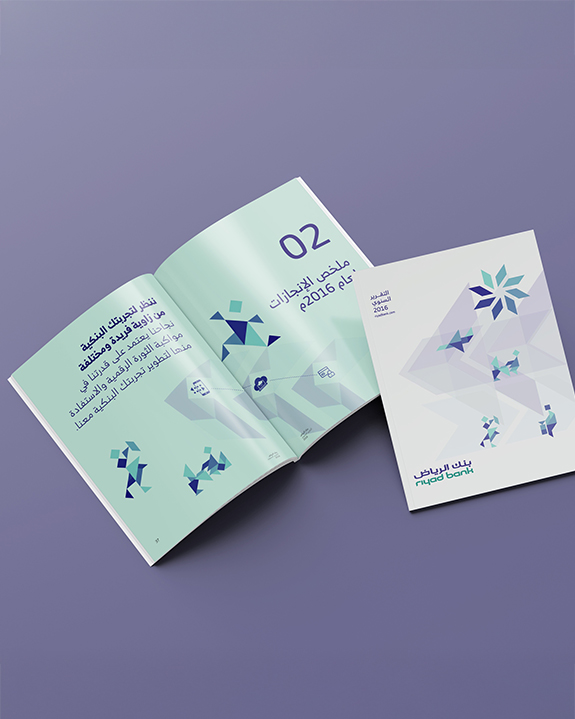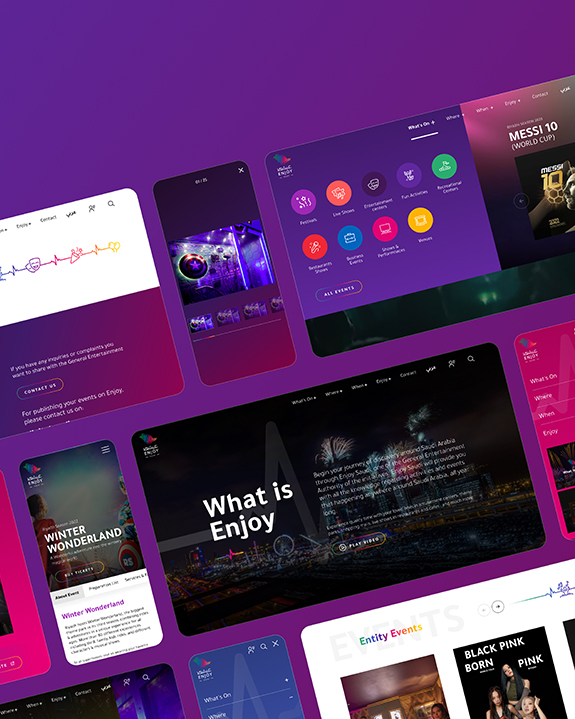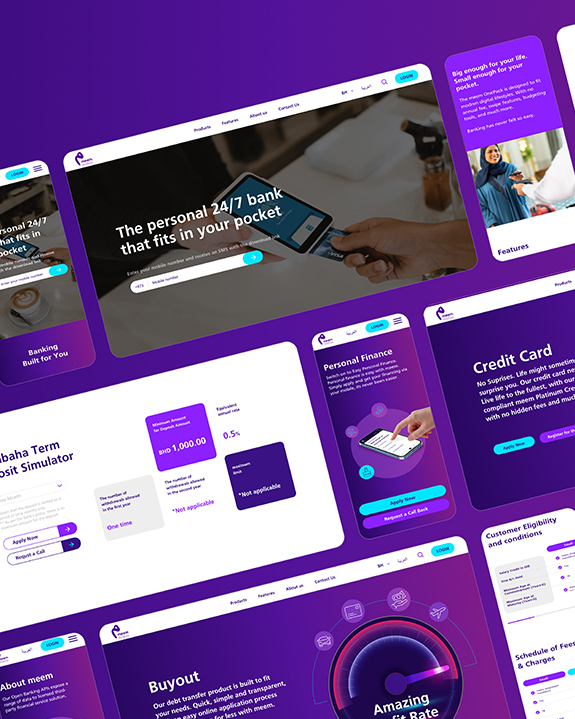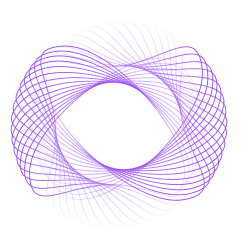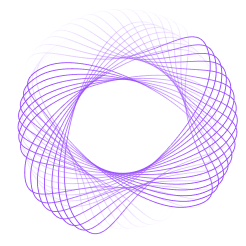Redefining Digital Impact
Our investigation into user-centric interfaces has led us to the conclusion that designing effective digital experiences hinges on putting users’ needs first. The principle of user-centric design ensures that digital interfaces are in harmony with user behavior, rather than just being an occasional trend. A number of case studies, including SPARK’s, demonstrate the revolutionary power of putting people first.
Effective user experiences have become essential for understanding the digital environment. Successful brands optimize these customer journeys, leveraging information architecture to improve accessibility and increase influence.
User-centric design extends beyond mere aesthetics, achieving a harmonious equilibrium between visual attractiveness and operational effectiveness. Brands that excel at this integration develop interfaces that effectively captivate people both aesthetically and functionally.
The future lies in predictive design, leveraging data-driven insights to anticipate user needs. SPARK's with its unique blend of creativity and strategy, stands as a testament to the transformative power of user-centric design.
Finally, we encourage you to embrace these concepts for achieving success in the digital realm. Learn more about how SPARK’s design services help reimagine your influence and create meaningful connections to take your online presence to the next level. SPARK is a game-changer because it combines user-centric design with digital brilliance. We are excited to hear about your next achievement.











